When Grace Dearborn started her career teaching high school students, she felt confident about how to teach but unprepared for managing behavior in her classroom. During more challenging disciplinary moments with students, she used her angry voice with them, thinking that would work. Instead, on one occasion, an escalated situation led to a student following her around the classroom for 15 minutes while she was teaching until security could come to escort the student out of the class.
It wasn’t until a few years into her job that a colleague saw how she was communicating with her students and suggested a different approach. Dearborn’s colleague noticed that she couldn’t keep frustration out of her voice and body language when she was having disciplinary moments with her students, which only heightened the tension. When her mentor teacher saw what was happening, she told Grace to soften the muscles around her eyes — as opposed to creating tension when furrowing your eyebrows. She said that keeping the muscles around the eyes completely neutral will soften any harsh tones in your voice.
Dearborn started to see her changed approach to behavior management create happier and more engaged students and other teachers noticed, too. She shared her strategies with colleagues at school and then branched out to consulting other schools through Conscious Teaching. She is also the co-author of “Yeah, But What About This Kid?” and “Conscious Classroom Management: Unlocking the Secrets of Great Teaching.” She shared some of her strategies at the Learning and the Brain conference in San Francisco last month.
She reminds educators that students of all ages need to be taught appropriate classroom behavior with compassion. She said that educators need many options in how they manage behavior because not all kids respond to the same measures. She listed several tactics in four categories.

There’s a saying some educators use: “The best classroom management strategy is an engaging lesson plan.” That may be true, but there are often a few students who act out in class no matter how well the teacher prepares. Dearborn says when she started using compassion to help her students behave in school-appropriate ways, she had far more success. She often found that punishments embarrassed students and caused them to resent her deeply, damaging their relationship.
7 COMPASSIONATE BEHAVIOR MANAGEMENT STRATEGIES
Tone, Volume and Posture
Dearborn empathizes with students who feel shame when they are called out in front of the entire class. Whenever possible, she tries to discipline privately, but classrooms are hardly private, so she often uses a combination of tone, volume and posture to get students on task.
First she adopts a calm and serious tone in her voice. Then, she squares her body to the student. She says this kind of communication can usually do the trick, but there are other steps if needed. For kids who might have oppositional defiant disorder or be emotionally disturbed, Dearborn advises a side posture with averted eyes so as not to trigger a violent response.
Avoid Standoffs
Dearborn said that in moments of escalation with students, often the best strategy is to offer a few alternative choices to the behavior a child is showing and then walk away. Sometimes a small nudge is enough to redirect behavior, and teens especially may not follow the teacher’s direction if she hovers. Dearborn calls this “drive-by discipline.”
“Say the kid’s name superfast and then move on,” she said. “Sometimes it’s the right thing to do. It startles her, and then I move on before she can bait me into an argument.”
Look for the Subtext: I Don’t Care
When kids are acting in a confrontational, dismissive or volatile way, Dearborn suggests looking for the deeper message the student is communicating, whether they know it or not. She imagines an invisible subtitle running in front of the student that communicates what she really needs. When things get tense, “everything out of their voice and their face and their body, that is just interference getting in the way of me reading the invisible subtitles,” Dearborn said. She has had to practice ignoring the loud anger and hostility in order to look for the invisible subtitle.
“If you’re assuming the best about the kid, that they want to learn appropriate behavior, they want to be positively connected to you, but they somehow can’t, there’s something in the way. What can you imagine the invisible subtitle is for ‘I don’t care?’ ” Dearborn asked a crowd of educators at the Learning and the Brain conference.
“For me, the invisible subtitle for ‘I don’t care’ is, Mrs. Dearborn, I really, really care, but I can’t tell you that. Do you care?”
Reading the “subtitles,” as she calls them, has helped Dearborn to stop perceiving misbehavior as disrespect. That doesn’t make her a pushover, she said. It makes her an advocate for the student.
“So now when kids say, ‘I don’t care’ to me, I say, ‘That’s OK because I care, and I can care for the both of us right now, so let’s do this.’ ”
Approaching the student with the assumption that they want to behave appropriately changes the communication dynamic.
“I’m not doing it because I’m frustrated and now I want to punish them. And even though the words and the consequences I’m giving might be the same in either case, it is the quality of interaction that shifts, and kids pick up on quality and our unspoken intention more than anything else in a disciplinary interaction.”
The subtext could also be simpler. Maybe a student is talking in class, and when the teacher calls her out on it, she denies talking. “For me, the subtitle for ‘I wasn’t talking’ is, ‘Mrs. Dearborn, I was totally talking. You know I was talking. I know I was talking. Everybody in the room knows that I was talking. But I’m embarrassed that you called me out about it right now, so if you walk away, I’ll stop.’ ”
Dearborn says to accept the student’s answer and move on.
The Gentle Press: Head Down on the Desk
High school students often put their heads down in class either sleeping or refusing to participate. A teacher might tell say, “sit up” or “no sleeping in class,” but to Dearborn, those approaches don’t demonstrate care. Instead, she tried to express compassion, saying: “It’s OK to be tired, but you can’t sleep in class. Can you sit up and work on the assignment?”
If that gentle reminder doesn’t work, Dearborn knows a more private conversation is necessary. She would spend a few minutes with the student in the hallway. Sometimes a walk outside is enough to wake the student up, but other times it’s a chance to reaffirm an offer to help or learn about deeper issues that are going on.
“This is called the gentle press — when you gently press forward at a student until either they’re in the academic work or you’re in a relationship-building moment,” Dearborn said. “Sometimes this doesn’t end in academic work. Sometimes the gentle press ends in relationship-building.”
She recounted a past experience with one of her students who had his head down. When they stepped outside class, the student burst into tears and said his brother had been deployed by the military.
“He’s not going to access the academics today. He’s in emotional crisis and we have to have some space for that.” she said. “If I had just gone by him and said, ‘sit up, no sleeping in class,’ what would that have expressed to him? ”
Choice, Timeline, Walk Away
Dearborn said that when people come to her workshops, they arrive with hopes of an exotic new solution that will solve everything. But changing behavior comes down to hard work. And to help students learn appropriate classroom behavior, she presents a series of choices that are connected to consequences, not punishments. Students can be given choices, including ones that lead to undesired consequences.
“The sooner we can get our students to internalize this truth — that their choices matter, that they are in charge of whether they receive the sweet or bitter fruit based on how they choose in any given situation — the sooner they internalize that concept, the better off they’re going to be.”
Giving students space to make their own choices means that sometimes they’ll choose to act in ways teachers wish they wouldn’t. But even in those moments, incidents that could lead to an office referral, students are testing whether their teacher cares enough to hold her accountable.
“[The student] understands I can go to the wall without abandoning or abusing, without lashing out,” Dearborn said. “And she for whatever reason needs to learn that lesson, apparently. So I can be that person. It’s not how I want it to go, but if we need to go here a couple of times so she can learn who we are together, that’s OK with me.”
It’s counterintuitive, but Dearborn said it would be easier for the student if she lashes out at them because then the student can blame her for how the interaction ends. That way, the student doesn’t have to confront her own actions.
“But if I just maintain choices, leave them with her, with kind eyes, in the end, even if she ends up out of the room, she understands at some level, maybe not consciously and right then, later, that could have gone differently,” Dearborn said.
Visual Cues
When kids don’t follow through with a teacher’s verbal command, it might not be because they’re being defiant. Sometimes they’re not listening because of attention issues, learning differences or auditory processing issues. They could also be English language learners or they’re fatigued by a teacher talking too much.
“Because they’re hearing my voice too much, they’re tuning me out,” Dearborn said. “If I don’t have another way to communicate with them I’m losing half of them half the time.”
This is where she can communicate expected behavior with an image. She has had kids line up, for example, in what they thought was a straight line. When she showed them a photo of how they were actually lined up, they did it again.
Managing a classroom of over 30 students is hard work and no one is perfect. But Dearborn has found these tips keep her in a compassionate frame of mind, looking for the best in her students, and checking her own assumptions before interacting with them. When she can follow he own advice, she finds she’s building students up, rather than tearing them down, and helping them to be accountable for the choices they make.
from MindShift https://ift.tt/2YDL8Lf
9(MDAxOTAwOTE4MDEyMTkxMDAzNjczZDljZA004))
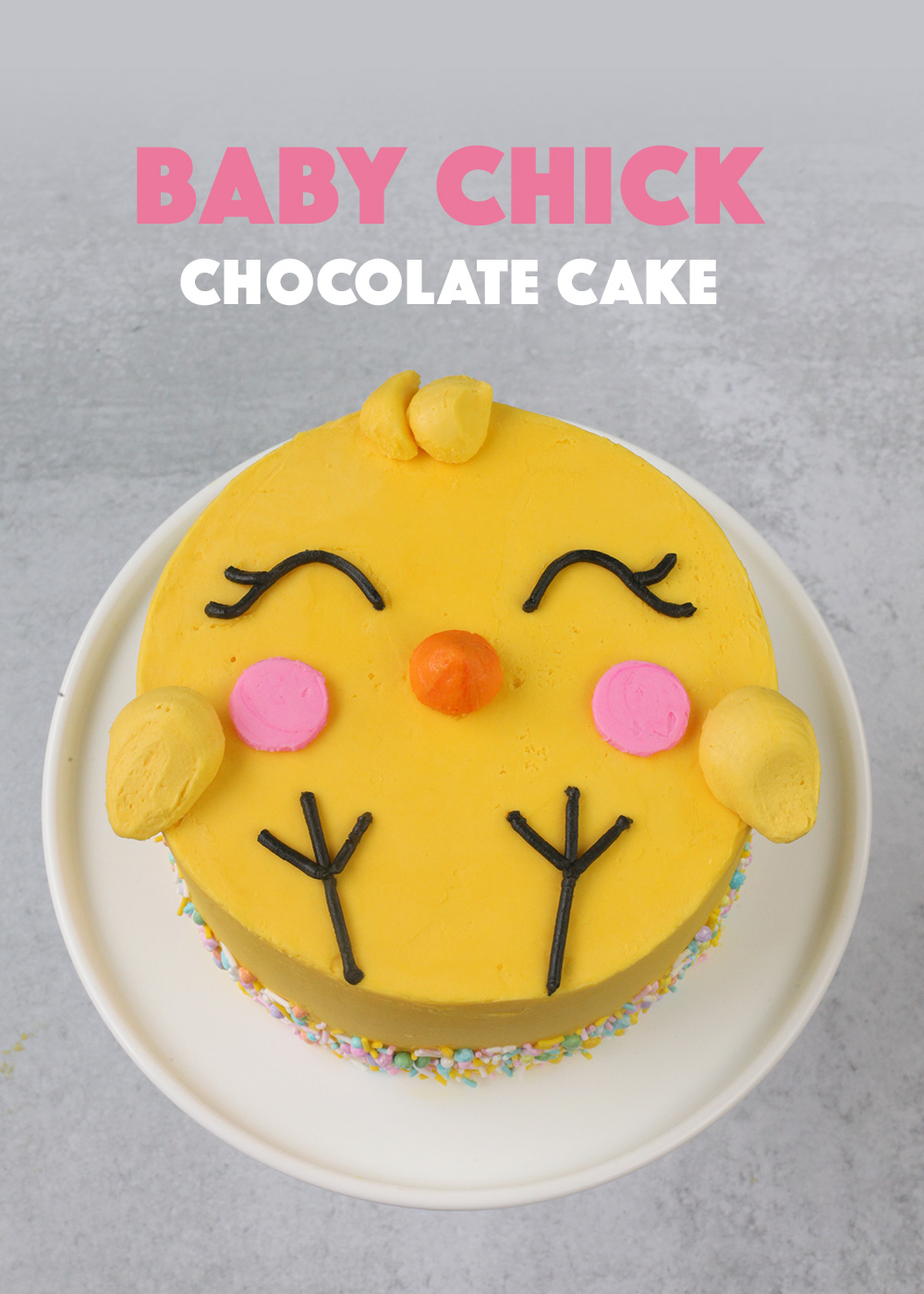






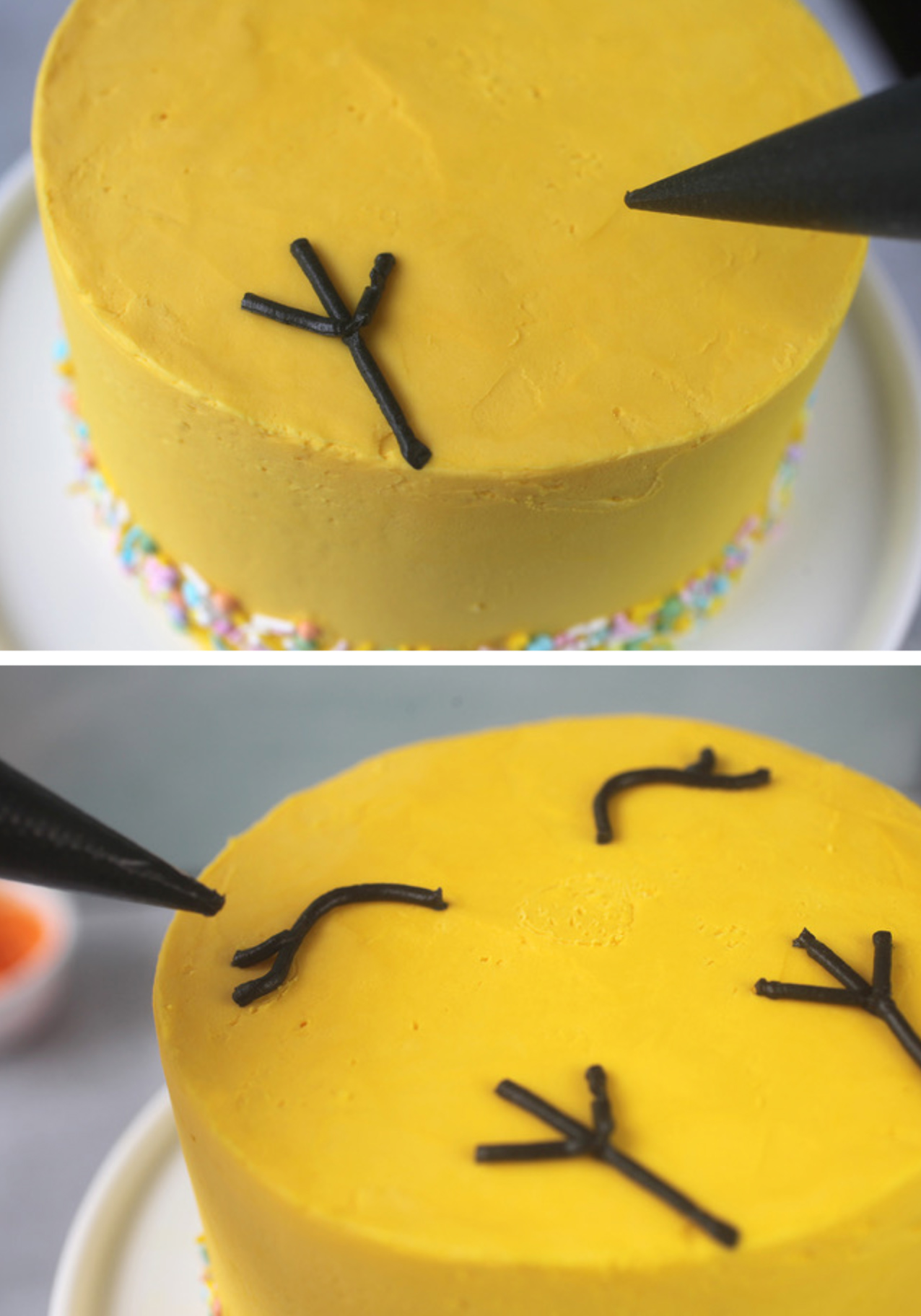

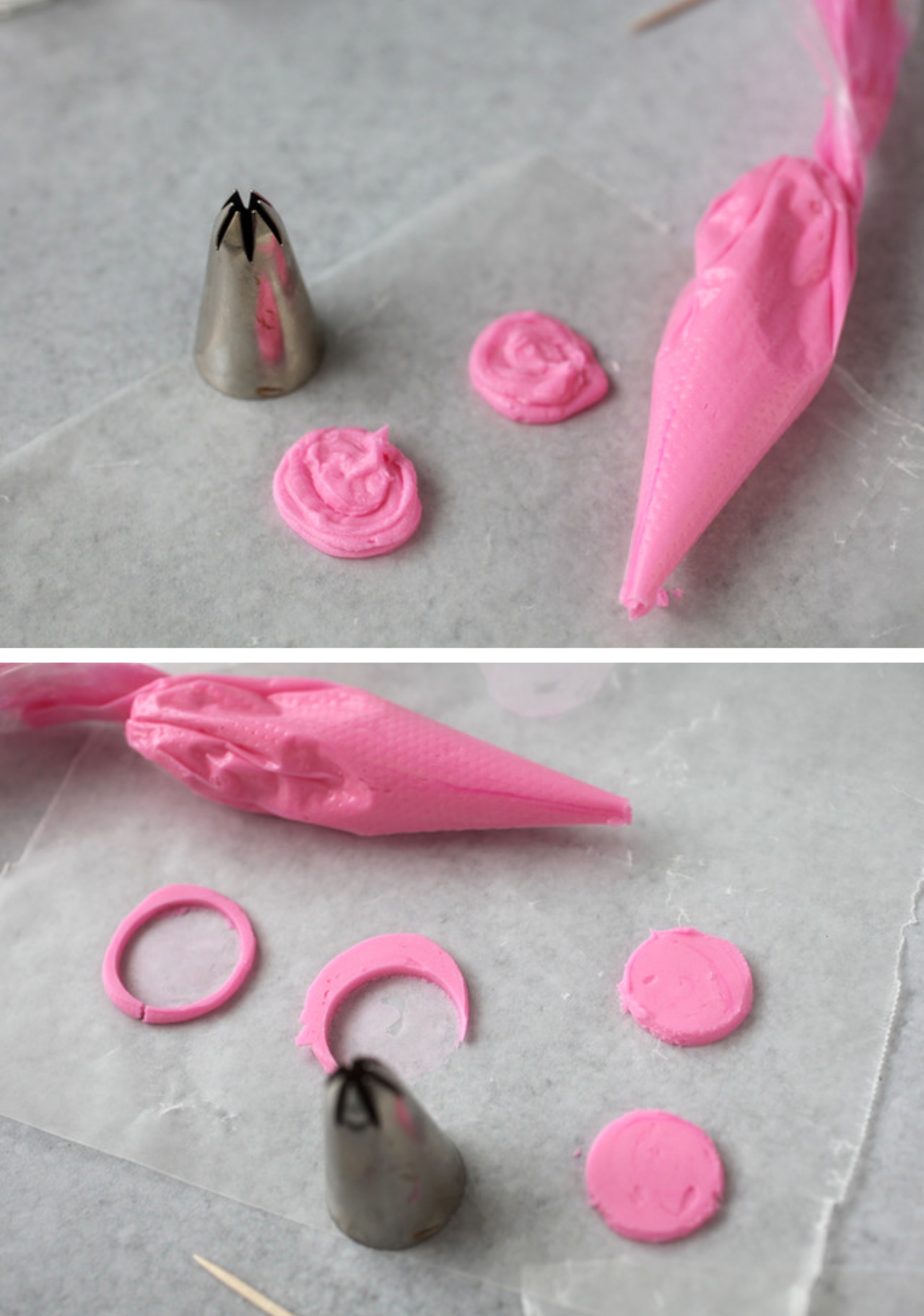
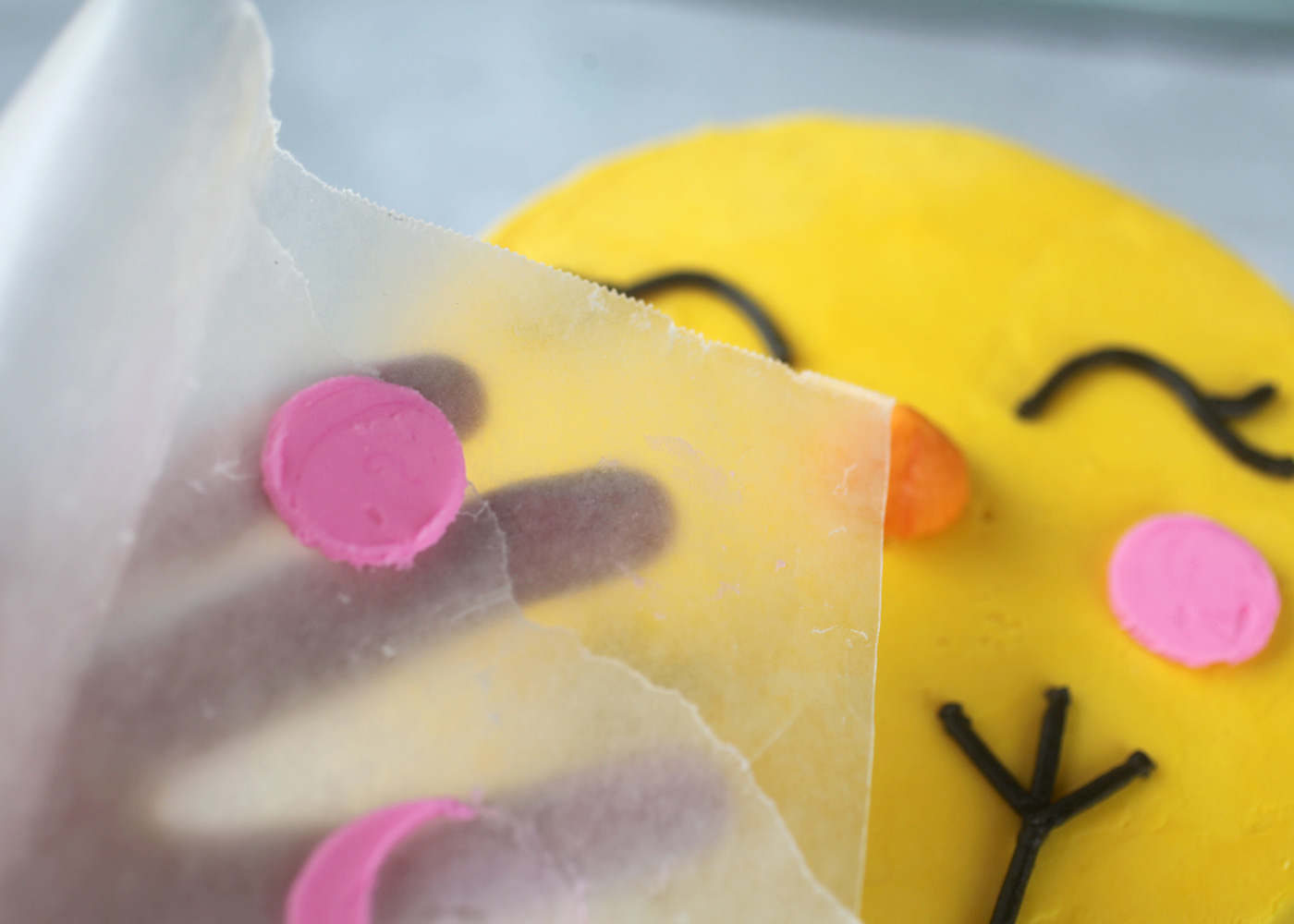


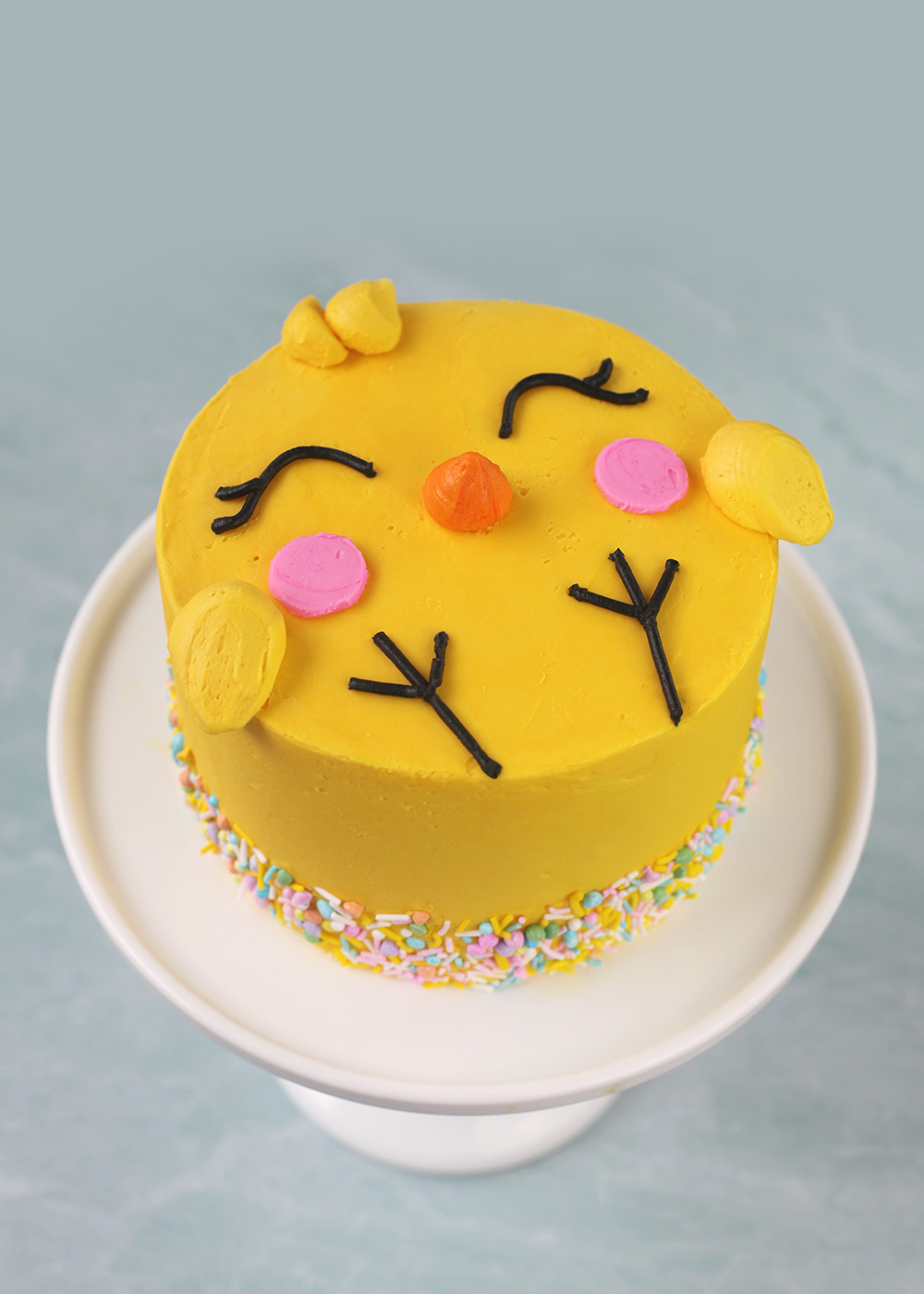

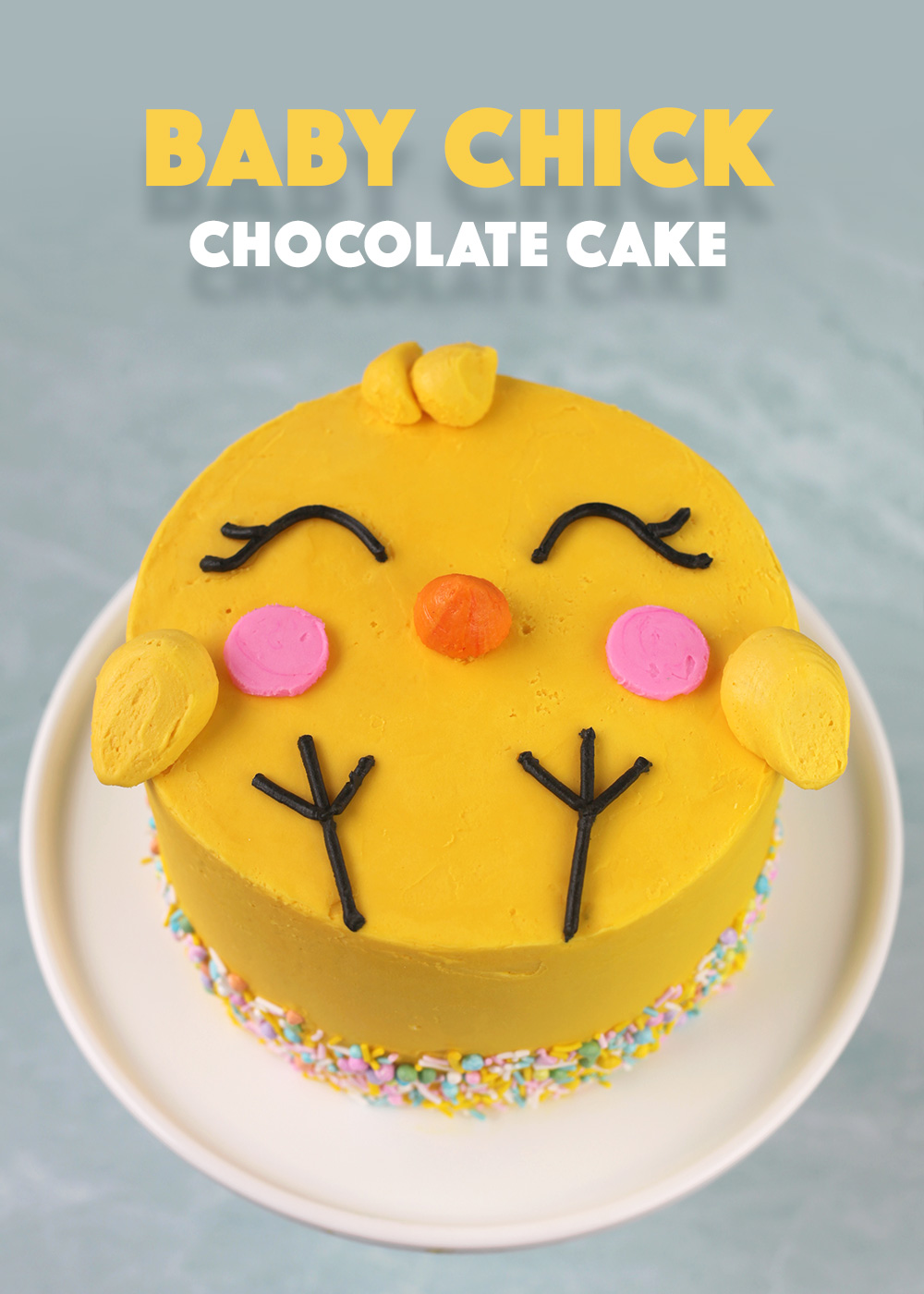
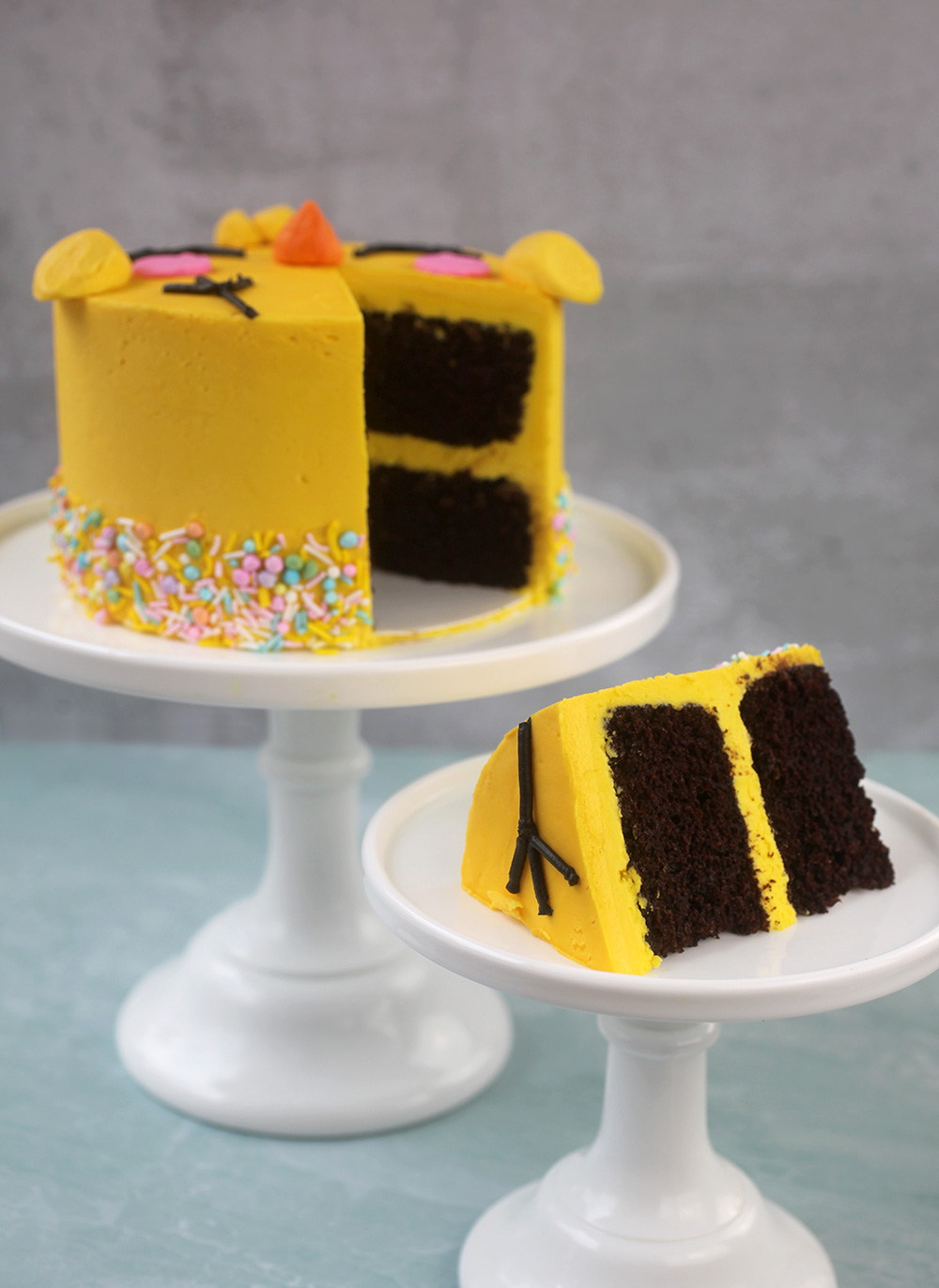
9(MDAxOTAwOTE4MDEyMTkxMDAzNjczZDljZA004))
9(MDAxOTAwOTE4MDEyMTkxMDAzNjczZDljZA004))
9(MDAxOTAwOTE4MDEyMTkxMDAzNjczZDljZA004))
9(MDAxOTAwOTE4MDEyMTkxMDAzNjczZDljZA004))
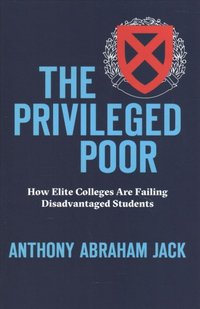
9(MDAxOTAwOTE4MDEyMTkxMDAzNjczZDljZA004))